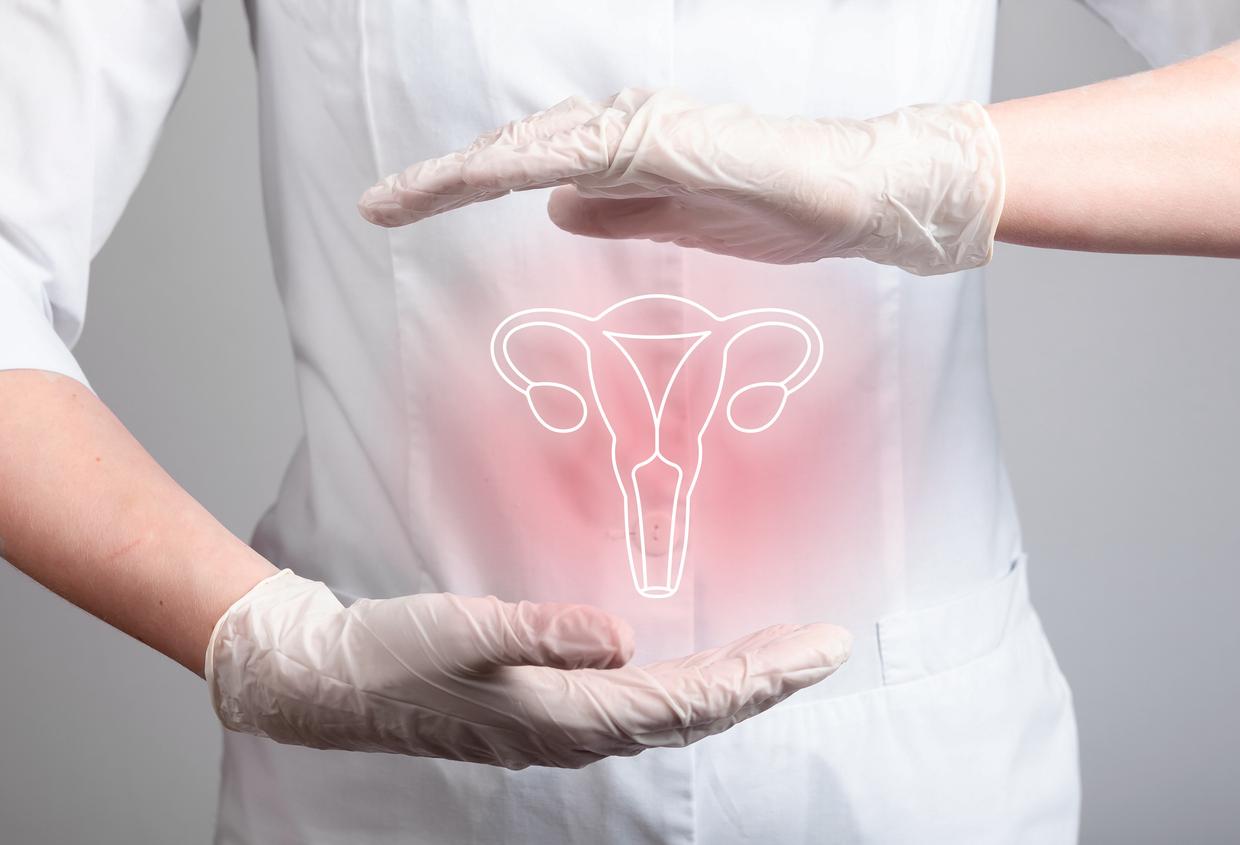Scars… that never heal. This is called keloid scars which leave significant marks on the skin and for which neither prevention nor treatment have so far demonstrated complete effectiveness. The point with doctor Richard Zloto, plastic surgeon.

- Keloid scars are caused by a scarring reaction that does not fade over time.
- We can do prevention to prevent the scar from becoming too “unsightly”, but there is no miracle solution.
“Sometimes it can be monstrous, resembling an Alien!” Richard Zloto, plastic surgeon, thus leaves no illusions about the aesthetic consequences of a keloid scar. These scars can appear in particular following a burn or in connection with genetic causes — African or Asian skins are very sensitive to this type of scar — and are due to a scarring reaction which does not diminish over time and which may even get worse. Worse, these scars also tend to enlarge, that is, they do not remain limited to the site of the injury or incision but extend with ramifications.
Burn scars always evolve badly
Keloid scars are a sort of “slippage” of the normal healing process. Following a surgical intervention or an injury generating a wound, redness, swelling or sometimes itching are recorded in the first weeks: this is what always happens when the skin begins to heal. In most cases, these effects, which are due to the inflammatory reaction that accompanies the “repair” of the skin, last between two and three months. But in the following months and for the longest cases within a year, the skin should become flat again, painless and of a solid color. Except in the case of burns: “These are always scars that evolve badly”emphasizes Richard Zloto.
Preventive treatments… but no miracles!
This evolution is often done towards keloid scars that some consider as benign tumors. “I personally do not use this term, the word tumor too often refers to the fear of cancer and a keloid scar has nothing to do with cancer!”reassures the plastic surgeon.
So how do you prevent an incision, a wound or a burn from generating a scar that is as visually unpleasant as it is physically uncomfortable due to the pain and discomfort in movement it can cause? “There are things to do in terms of preventionsays Richard Zloto, avoid a suture which pulls on the skin when possible or very quickly apply a film of waterproof silicone which prevents the evaporation of the water which is in the skin. It was indeed long believed that it was necessary to dry a scar when it is quite the opposite, it must be kept in a humid environment to avoid this evaporation which increases the secretion of collagen.”
The other solution to prevent keloid scars is to wear clothing that provides compression on the fresh scar when it is at risk. “These are garments that must be made to measure in elastic materials that permanently compress the scarred part”explains Richard Zlotio.
But the evolutions in the management of scars do not go so far as to achieve miracles: “A scar can become keloid regardless of prevention, and that’s mostly the case with burns!”warns the practitioner.
Cortisone, cryotherapy or radiotherapy
Above all, there is currently no treatment for these scars which, as Richard Zloto points out, “reach consensus”. “When the keloid scar is formed, the choice of treatment depends a lot on its intensity”, he adds. These treatments can be either cortisone injections into the scar in order to reduce the intensity of the inflammatory phenomenon, or cryotherapy – a treatment which is based on exposing the scar to intense cold – or radiotherapy.
On the other hand, the solution of surgery to treat a keloid scar is to be excluded: “This would expose you to the risk of going back to a keloid-type scarring phenomenon!”warns the surgeon.
.
















